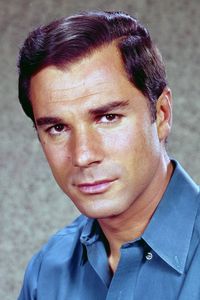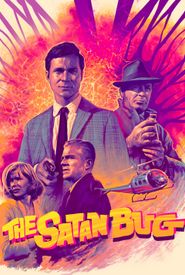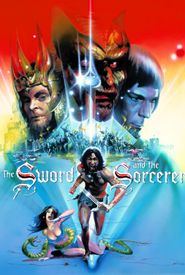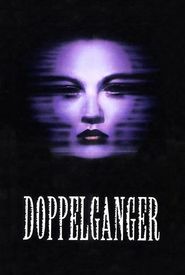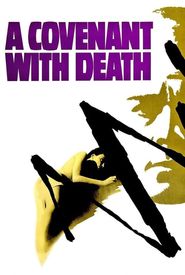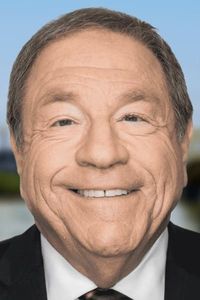George Maharis, a charismatic rebel of 1960s Hollywood, was born in 1928 in Astoria, New York, to an immigrant father who was a restaurateur. He was one of seven siblings and initially pursued a career in singing, but extensive overuse of his voice and improper vocal lessons left him with damaged vocal cords.
Maharis then turned to acting, training at the Neighborhood Playhouse with Sanford Meisner and the Actor's Studio with Lee Strasberg. He quickly gained recognition on television, appearing in several episodes of Naked City, and on the off-Broadway scene, particularly in Jean Genet's "Deathwatch" and Edward Albee's "Zoo Story".
Producer/director Otto Preminger discovered Maharis and offered him a choice of five small roles in the film Exodus (1960),in which he played an underground freedom fighter. Maharis' breakthrough role came with the television series Route 66 (1960),where he played the character Buzz Murdock, a Brando-esque, streetwise drifter, alongside Martin Milner as Tod Stiles.
During the peak of the series, Maharis abruptly left the show due to a combination of factors, including health reasons, citing a long-term bout of infectious hepatitis. He was replaced by Glenn Corbett, but the show was ultimately canceled after the next season.
Maharis returned to film, pursuing stardom with a number of leads, but the films he appeared in were largely unsuccessful. He also appeared in several TV movies, including The Monk (1969) and Rich Man, Poor Man (1976),and had a spate of TV guest appearances.
In the 1970s, Maharis returned to series TV in The Most Deadly Game (1970),co-starring with Ralph Bellamy and Yvette Mimieux. He also appeared in Las Vegas nightclubs and summer stock, and was one of the first celebrities to pose for a nude centerfold in Playgirl (July 1973).
Maharis' later years were marked by occasional film appearances, including The Sword and the Sorcerer (1982) and Doppelganger (1993). He eventually retired from acting and focused on impressionistic painting, which he has been doing since the early 1990s.
